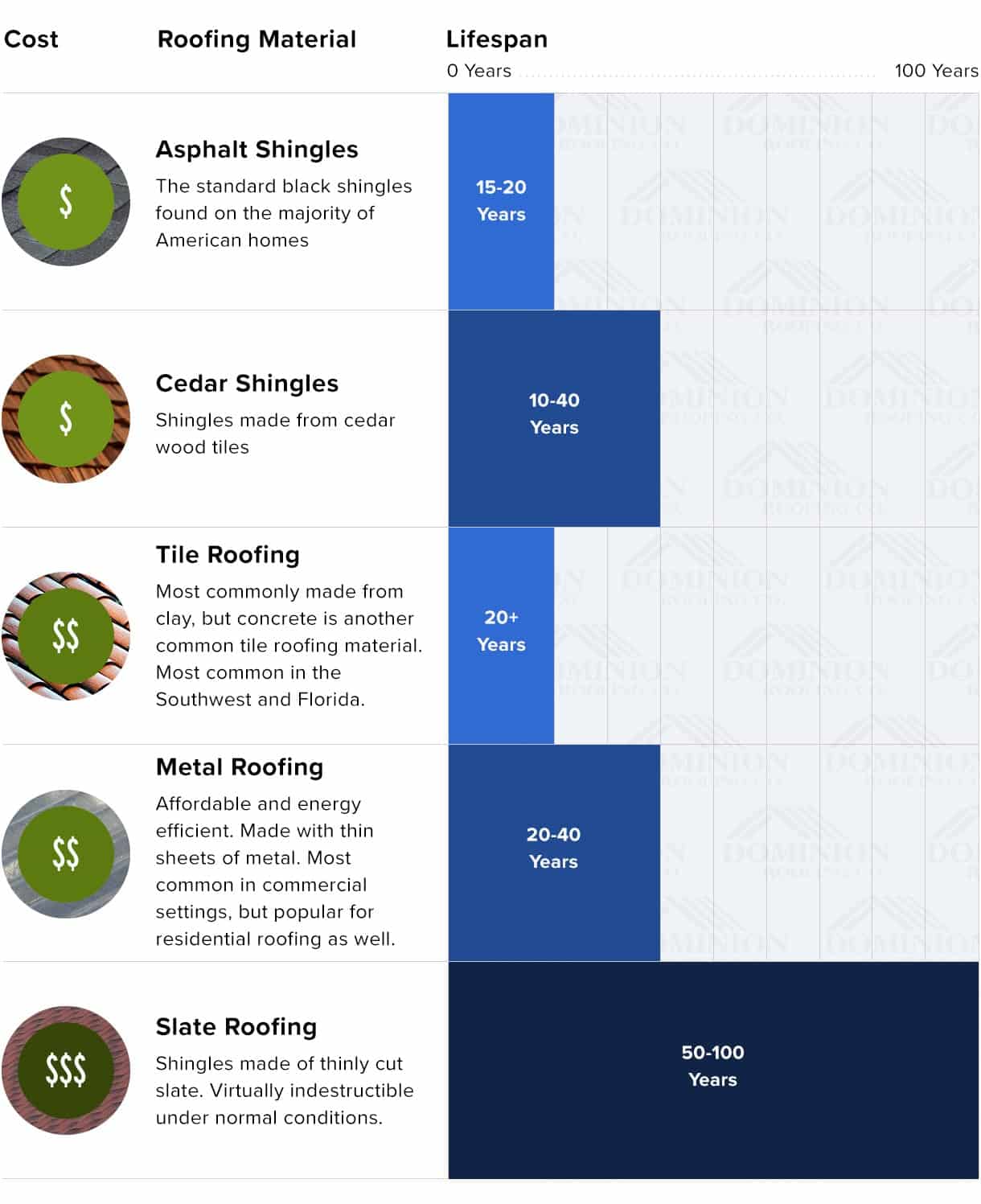The Role Of Roofing Ventilation In A Successful Installation
The Role Of Roofing Ventilation In A Successful Installation
Blog Article
Team Author-Kehoe Ploug
When you're tackling a roof covering project, you could not think much concerning roof covering air flow, yet it's even more crucial than you recognize. Reliable air flow helps manage temperature level and moisture in your attic room, avoiding problems like mold and structural damage. By understanding just how to develop and mount a balanced ventilation system, you can improve power performance and extend the life-span of your roofing products. So, what are the key factors to think about throughout installation that can make all the difference?
Relevance of Roof Covering Ventilation
Roof covering ventilation plays a crucial role in preserving the overall wellness of your home. By permitting fresh air to flow with your attic, it aids control temperature level and moisture degrees. This balance is important to prevent heat buildup throughout warm months, which can cause raised energy expenses as your air conditioning burns the midnight oil.
Additionally, appropriate ventilation significantly minimizes the threat of moisture-related concerns like mold and mildew and mold. If moisture levels climb, your home's structural integrity can be jeopardized, bring about costly repair services. You wouldn't want to manage decomposing timber or deformed roof covering materials, right?
In addition, ample ventilation expands the life-span of your roofing system. When warmth and moisture are kept in check, your roofing system can perform efficiently, stopping premature damage. This indicates fewer headaches and expenses down the line.
Exactly How Roof Air Flow Functions
Reliable roof covering ventilation counts on the all-natural motion of air to develop an equilibrium between consumption and exhaust. When you install vents, you're essentially permitting fresh air to enter your attic while making it possible for hot, stale air to escape. This procedure helps regulate temperature and dampness levels, preventing problems like mold growth and roofing system damage.
Consumption vents, usually found at the eaves, attract great air from outside. At the same time, exhaust vents, located near the ridge of the roof covering, let hot air increase and exit. https://roofing-cost-calculator39516.blog-gold.com/43106748/identifying-regular-roof-covering-problems-in-your-home in temperature level creates an all-natural air flow, called the pile effect. As warm air surges, it produces a vacuum that draws in cooler air from the lower vents.
To optimize this system, you need to ensure that the consumption and exhaust vents are effectively sized and placed. If the consumption is restricted, you will not attain the preferred ventilation.
Similarly, inadequate exhaust can trap warmth and wetness, causing potential damages.
Trick Installment Factors To Consider
When setting up roofing air flow, numerous crucial considerations can make or damage your system's performance. First, you need to assess your roofing's style. The pitch, shape, and materials all influence air flow and air flow option. Ensure to select vents that match your roof covering type and local environment problems.
Next off, consider the positioning of your vents. Ideally, you'll want a well balanced system with intake and exhaust vents positioned for optimal airflow. https://www.vcstar.com/story/news/local/2019/06/02/eco-tip-heres-look-green-roofing-options/1317040001/ on the roofing and exhaust vents near the optimal to urge an all-natural circulation of air. This configuration aids avoid moisture build-up and promotes power efficiency.
Don't ignore insulation. Correct insulation in your attic room prevents heat from running away and maintains your home comfortable. Ensure that insulation doesn't obstruct your vents, as this can impede air flow.
Last but not least, think about upkeep. Choose ventilation systems that are simple to gain access to for cleaning and examination. Regular maintenance guarantees your system continues to work successfully gradually.
Verdict
To conclude, roofing system ventilation is important for a successful setup. By making sure proper airflow, you can protect against heat accumulation and wetness problems that result in costly damages. When you purposefully setting intake and exhaust vents, you boost power efficiency and lengthen the lifespan of your roof. Remember, a well-ventilated roof not just protects your financial investment however additionally boosts your indoor air top quality. So, prioritize ventilation to make certain a resistant and economical roofing system for your home.
